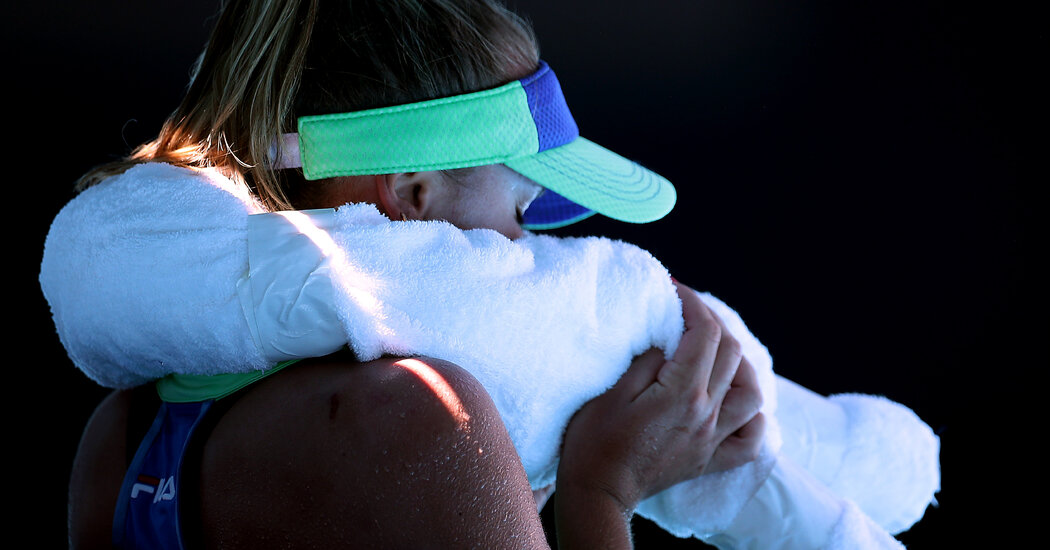Sauna training, frozen balloons and “marshmallow suits” help athletes manage extreme temperatures.
The Tokyo Olympics in 2021 were the hottest in history. But the Paris Games could soon edge them out for the title.
A June report highlighted the potential health risks for athletes competing in extreme heat at this year’s Games. According to the report, which was published by the British Association for Sustainable Sport and the Australian environmental organization Frontrunners, the average temperatures during July and August in Paris have increased by an average of more than 5.5 degrees Fahrenheit since the Olympics were last held in Paris, in 1924.
Training for the Olympics is now as much about athletes’ ability to handle the heat as it is about strength and speed. That’s especially true for endurance events like the marathon, race walk and triathlon, where many competitors will compete for hours without breaks.
“The best way a person can prepare is acclimatization,” said Dr. Carolyn Broderick, the medical director of the Australian Olympic team at the Paris Olympics. “But that involves training in the heat — not just being in the heat,” she said.
It can take two to three weeks of heat training to fully adjust, Dr. Broderick said, but some of the effects can be seen in the first seven days. At that point, athletes should notice a lower sweating threshold and a lower heart rate for the same level of exertion.
In the final weeks of preparation before the Games, here’s how athletes are structuring their heat-training plans.
